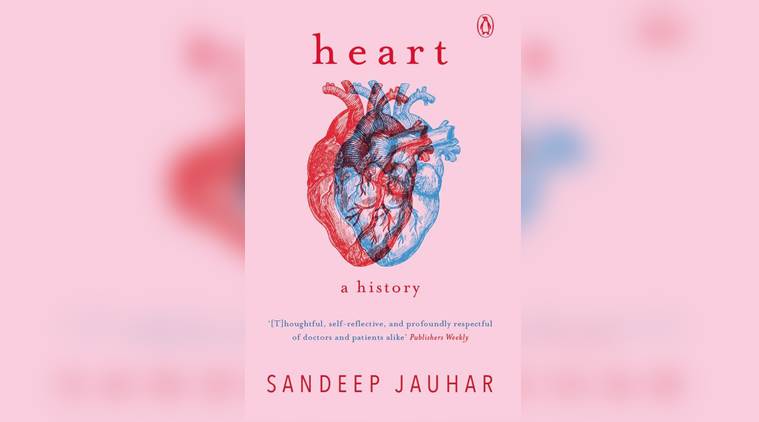World Heart Day: An excerpt from Sandeep Jauhar’s novel ‘Heart’
Sandeep Jauhar's book, 'Heart, a history' published in September 2018 by Penguin Random House India is a stellar work and what better day than World Heart Day to read an extract from it?

Can heartbreak kill you?
A human heart is a biological organ but it is often related to emotions too. Can a heartbreak make your heart brittle and perhaps even kill you? Author and doctor Sandeep Jauhar delves deep and comes with up with a triumph of a book. He not only investigates the organ but almost humanises it through his writing, revealing how resilient and vulnerable it actually is.
His book, ‘Heart, a history’ published in September 2018 by Penguin Random House India is a stellar work and what better day than World Heart Day to read an extract from it?
Extract:
The richness and breadth of human emotions are perhaps what distinguish us most from other animals, and throughout history and across many cultures, the heart has been thought of as the place where those emotions reside. The word “emotion” derives from the French verb émouvoir, meaning “to stir up,” and perhaps it is only logical that emotions would be linked to an organ characterized by its agitated movement. The idea that the heart is the locus of emotions has a history spanning from the ancient world. But this symbolism has endured. If we ask people which image they most associate with love, there is no doubt that the valentine heart would top the list. The ♥ shape, called a cardioid, is common in nature.
It appears in the leaves, flowers, and seeds of many plants, including silphium, which was used for birth control in the early Middle Ages and may be the reason why the heart became associated with sex and romantic love (though the heart’s resemblance to the vulva probably also has something to do with it). Whatever the reason, hearts began to appear in paintings of lovers in the thirteenth century. ( These depictions at first were restricted to aristocrats and members of the court— hence the term “courtship.”) Over time the pictures came to be colored red, the color of blood, a symbol of passion. Later, heart shaped ivy, reputed for its longevity and grown on tombstones, became an emblem of eternal love. In the Roman Catholic Church, the ♥ shape became known as the Sacred Heart of Jesus; adorned with thorns and emitting ethereal light, it was an insignia of monastic love.
Devotion to the Sacred Heart reached peak intensity in Europe in the Middle Ages. In the early fourteenth century, for instance, Heinrich Seuse, a Dominican monk, in a fit of pious fervor (and gruesome self mutilation), took a stylus to his own chest to engrave the name of Jesus onto his heart. “Almighty God,” Seuse wrote, “give me strength this day to carry out my desire, for thou must be chiseled into the core of my heart.” The bliss of having a visible pledge of oneness with his true love, he added, made the very pain seem like a “sweet delight.” When his wounds healed in the spongy tissue, the sacred name was written in letters “the width of a cornstalk and the length of the joint of [a] little finger.” This association between the heart and different types of love has withstood modernity. When Barney Clark, a retired dentist with end-stage heart failure, received the first permanent artificial heart in Salt Lake City, Utah, on December 1, 1982, his wife of thirty-nine years asked the doctors, “ Will he still be able to love me?”






















No hay comentarios:
Publicar un comentario